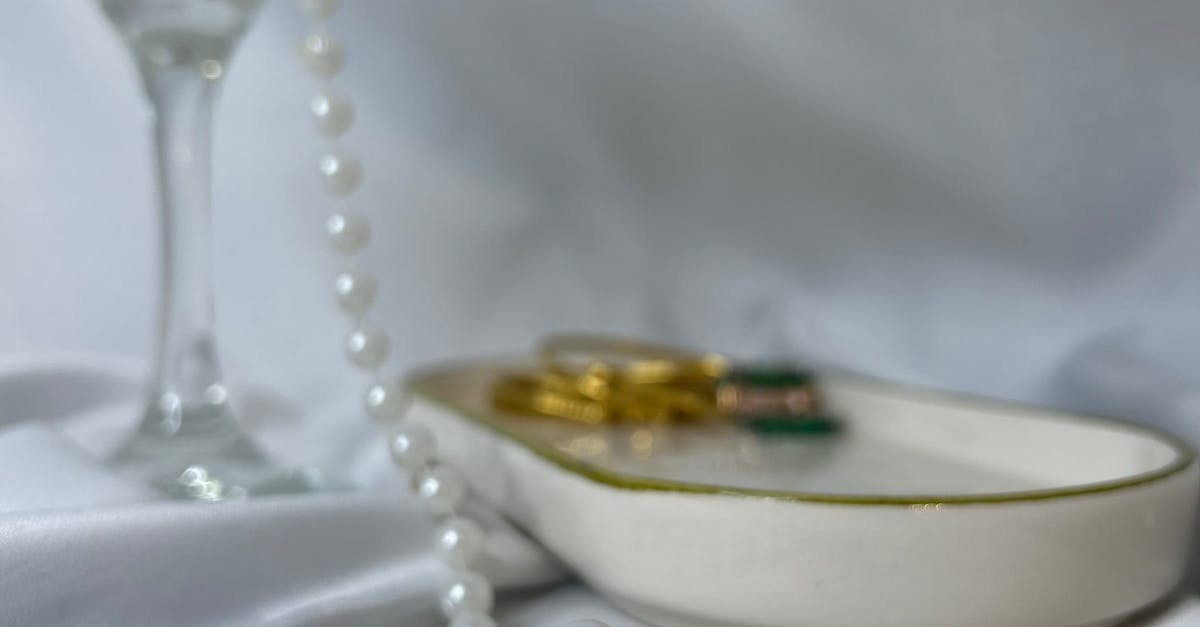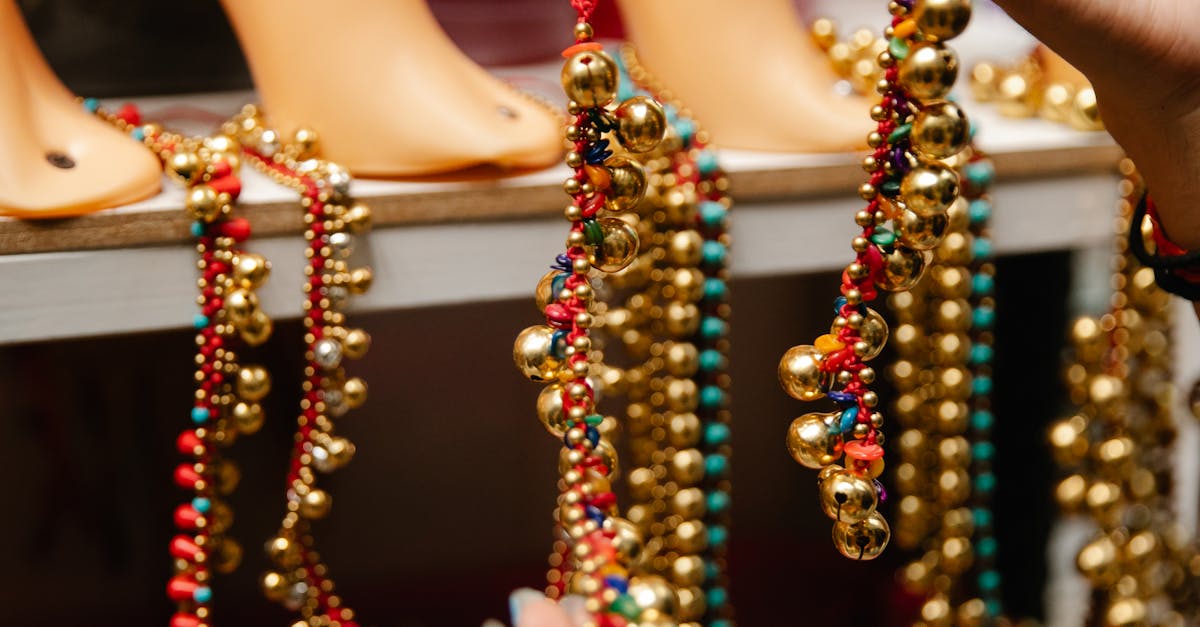Unraveling the Mystery: The Hidden Costs of Gold Jewelry

Why Is Gold Jewelry So Expensive? Here’s the Scoop on Retail Markup
Gold, the timeless metal that has captivated hearts for centuries, is renowned for its beauty, versatility, and enduring value. But have you ever wondered why a piece of gold jewelry often costs significantly more than the value of the gold it contains? The answer lies in the concept of retail markup.
In this comprehensive guide, we’ll delve into the world of gold retail markup, exploring the factors that influence the price premium on gold jewelry. From intricate designs to brand reputation and market demand, we’ll uncover the reasons why jewelry stores add a markup to the intrinsic value of gold. We’ll also provide practical tips for negotiating retail markup and considerations for investors looking to purchase gold as an investment.
Key Insights for Understanding Gold Jewelry Value
- Gold retail markup encompasses design, craftsmanship, brand reputation, store operating costs, and market demand.
- Negotiating a better price involves comparing prices, seeking discounts, and considering alternative retailers.
- Gold as an investment requires considering the spread between melt value and retail value, liquidity, and ethical sourcing.
- Ethical considerations include responsible mining practices and minimizing environmental impact.
- Caring for gold jewelry involves proper storage, avoiding harsh chemicals, and regular professional cleaning.
1. Gold Retail Markup: A Quick Overview
When you step into a jewelry store and gaze upon the shimmering gold necklaces, earrings, and bracelets, it’s easy to forget that the price tag attached to each piece is not solely determined by the weight of the gold it contains. Retail jewelers typically add a percentage markup to the melt value of gold, which is the intrinsic value of the metal, to arrive at the retail price of gold jewelry.
This markup covers various costs associated with bringing the jewelry to market, including design, craftsmanship, branding, and store operations. It’s important to note that the retail markup can vary significantly depending on the complexity of the design, the reputation of the brand, and the operating expenses of the store. Understanding the factors that influence retail markup can help you make informed decisions when purchasing gold jewelry.
The melt value of gold is determined by its purity and current market price. Jewelers typically use the spot price of gold, which is the prevailing market price for immediate delivery, as a reference point. The retail price of gold jewelry, on the other hand, incorporates the markup added by the jeweler. This markup can range from a few percentage points to several hundred percent, depending on the factors mentioned above. So, the next time you’re admiring a piece of gold jewelry, remember that its price encompasses not only the value of the gold itself but also the artistry and overheads involved in its creation.
2. Factors Influencing Retail Markup

Factors Influencing Retail Markup
The retail markup on gold jewelry is not a fixed number; it can vary depending on several key factors. Let’s delve into each of these factors to understand how they impact the price you pay for gold jewelry:
1. Design Complexity and Craftsmanship: The intricacy of the design and the skill required to craft a piece of gold jewelry play a significant role in determining its retail markup. A simple gold band, for instance, requires less labor and expertise to create compared to an elaborate necklace with intricate detailing. The more complex the design and the higher the level of craftsmanship, the greater the markup is likely to be.
2. Brand Reputation: The reputation of the brand selling the gold jewelry can also influence the retail markup. Well-established and reputable brands often command a higher markup due to the trust and prestige associated with their name. Customers are willing to pay a premium for the assurance of quality and authenticity that comes with purchasing from a renowned brand.
3. Store Operating Costs: The overhead costs incurred by jewelry stores, such as rent, utilities, employee salaries, and insurance, are also factored into the retail markup. These costs vary depending on the location and size of the store. Stores with higher operating costs may need to implement a higher markup to cover their expenses.
4. Market Demand: Fluctuations in market demand for gold and jewelry can also affect retail markup. During periods of high demand, jewelers may increase their markup to capitalize on the increased consumer interest. Conversely, when demand is low, they may offer discounts or lower markups to attract customers.
Design Complexity and Craftsmanship
Design Complexity and Craftsmanship
When it comes to gold jewelry, the intricacy of the design and the skill required to craft it play a significant role in determining the retail markup. Simpler designs with clean lines and minimal detailing require less labor and expertise to create, and thus typically have a lower markup. On the other hand, elaborate designs featuring intricate patterns, delicate filigree, or three-dimensional elements demand a high level of craftsmanship and can significantly increase the labor costs associated with production.
The complexity of the design also impacts the time it takes to create a piece of jewelry. A simple gold band can be crafted in a matter of hours, while a highly detailed necklace or earrings may require days or even weeks to complete. The more time and effort required to create a piece, the higher the labor costs and, consequently, the retail markup.
The skill and experience of the craftsperson also play a crucial role in determining the retail markup. Master jewelers with years of experience and a reputation for exceptional craftsmanship can command a higher markup for their work. Their expertise ensures that each piece is not only aesthetically pleasing but also structurally sound and durable. So, when you’re admiring a piece of gold jewelry with intricate designs and flawless execution, remember that the higher retail markup reflects the artistry and skill that went into its creation.
Brand Reputation
Brand Reputation
When it comes to gold jewelry, brand reputation plays a significant role in shaping consumer perception of value and willingness to pay a premium. Well-established and reputable brands have built a strong track record of delivering high-quality products, exceptional customer service, and ethical practices. This trust and prestige translate into a higher retail markup for their jewelry.
Consumers are often willing to pay more for gold jewelry from brands they know and trust. They associate these brands with reliability, craftsmanship, and exclusivity. For instance, a piece of gold jewelry from a renowned luxury brand may command a significantly higher markup than a similar piece from a lesser-known brand, even if the gold content and design are comparable.
Brand reputation is not built overnight; it takes years of consistent effort and dedication to establish a loyal customer base. Reputable brands invest heavily in marketing and advertising to create a strong brand image and differentiate themselves from competitors. They also prioritize customer satisfaction by providing excellent service and standing behind their products. So, when you’re considering a gold jewelry purchase, taking into account the brand’s reputation can help you make an informed decision and ensure that you’re getting value for your money.
Store Operating Costs
Store Operating Costs
Jewelry stores, like any other retail business, incur various operating costs that contribute to the retail markup on gold jewelry. These costs include rent or mortgage payments for the store’s physical location, utility bills for electricity, water, and heating/cooling, and employee salaries and benefits. Insurance premiums for protecting the store’s inventory and premises are also factored into the markup.
The location of the store can significantly impact its operating costs. Stores in prime retail areas with high foot traffic typically have higher rent and utility expenses compared to those in less desirable locations. The size of the store also plays a role; larger stores require more space, which translates to higher rent and utility costs.
Employee salaries and benefits can be a substantial expense for jewelry stores, especially those with a team of skilled jewelers, sales associates, and support staff. Providing competitive salaries and benefits helps attract and retain qualified employees, ensuring that customers receive excellent service and expertise. Insurance premiums are another unavoidable cost for jewelry stores, as they need to protect their valuable inventory and premises against theft, damage, and other risks.
Market Demand
Market Demand
The retail markup on gold jewelry is not immune to the forces of supply and demand. Fluctuations in market demand for gold and jewelry can influence the markup, with higher demand typically leading to increased markup. When demand for gold and jewelry is high, jewelers may increase their markup to capitalize on the increased consumer interest. This is particularly true during peak seasons, such as the holiday season or wedding season, when demand for gold jewelry tends to surge.
Economic conditions can also impact market demand for gold and jewelry. In times of economic uncertainty, investors often turn to gold as a safe haven asset, driving up its price and, consequently, the retail markup on gold jewelry. Conversely, during periods of economic growth, consumers may have more disposable income to spend on luxury items like gold jewelry, leading to increased demand and potentially higher markups.
Tracking market trends and understanding the factors that influence demand for gold and jewelry can help consumers make informed decisions about their purchases. By being aware of the potential impact of market demand on retail markup, consumers can plan their purchases accordingly and potentially negotiate a more favorable price.
3. Melt Value vs. Retail Value: Breaking Down the Difference
When discussing the price of gold jewelry, it’s important to understand the difference between the melt value and the retail value. The melt value of gold refers to the intrinsic value of the metal based on its weight and purity. It represents the price that a jeweler would pay to purchase the gold if it were melted down and sold as raw material.
The retail value of gold jewelry, on the other hand, encompasses not only the melt value of the gold but also the additional costs and markup added by the jeweler. These costs include design, craftsmanship, branding, store operating expenses, and market demand, as we’ve discussed earlier. The retail value reflects the price that a consumer pays to purchase the finished piece of jewelry.
The difference between the melt value and the retail value represents the jeweler’s profit margin. This margin covers the costs of creating and selling the jewelry, as well as a reasonable profit for the business. The markup percentage can vary depending on the factors mentioned above, and it’s typically higher for more intricate designs, well-known brands, and jewelry sold in high-end stores.
4. Negotiating Gold Retail Markup

Negotiating Gold Retail Markup
While the retail markup on gold jewelry is generally determined by the factors we’ve discussed, there are a few practical tips that consumers can employ to potentially reduce the markup and get a better deal:
1. Compare Prices: Before making a purchase, take the time to compare prices from different jewelers. Check both online and offline stores to get a sense of the prevailing market rates for similar pieces of jewelry. This will give you a good starting point for negotiations.
2. Seek Discounts: Don’t be afraid to ask for discounts, especially if you’re making a significant purchase. Many jewelers are willing to offer a small discount to close a sale. You can also try negotiating a better price if you’re buying multiple pieces of jewelry from the same store.
3. Consider Alternative Retailers: In addition to traditional jewelry stores, consider exploring alternative retailers such as pawn shops, online marketplaces, and estate sales. These retailers may have lower operating costs and be willing to sell gold jewelry at a lower markup. However, it’s important to do your research and ensure that you’re dealing with reputable sellers.
By following these tips, consumers can increase their chances of negotiating a more favorable price on their gold jewelry purchases. Remember, the key is to be informed, prepared, and willing to walk away if you’re not satisfied with the offered price.
5. Gold as an Investment: Considerations for Investors
For investors looking to purchase gold as an investment, understanding the retail markup is crucial. When buying gold jewelry, investors are not only paying for the intrinsic value of the gold but also for the design, craftsmanship, and other factors that contribute to the retail markup. This markup can impact the potential return on investment.
Investors should focus on the spread between the melt value and the retail value of the gold jewelry they intend to purchase. The spread represents the difference between the price they pay and the price they would receive if they were to sell the jewelry back to a jeweler and have it melted down for its gold content. A smaller spread means that a greater proportion of the purchase price is going towards the intrinsic value of the gold, which is more desirable for investment purposes.
Investors should also consider the liquidity of the gold jewelry they are purchasing. Gold jewelry with intricate designs or large gemstones may be more difficult to sell quickly and at a fair price compared to simpler pieces. Bullion coins or bars, which have a lower retail markup and are more easily recognizable by investors, may be more suitable for investment purposes.
6. Ethical Considerations in Gold Retail
Ethical Considerations in Gold Retail
Beyond the financial aspects, there are important ethical considerations to keep in mind when purchasing gold jewelry. Gold mining practices have come under scrutiny due to their potential environmental and social impacts. Some mining operations use methods that can damage the environment, pollute water sources, and displace local communities.
As consumers, we have the power to make more ethical choices by supporting jewelers who prioritize responsible sourcing and minimize their environmental impact. Look for jewelers who are transparent about their supply chain and work with certified mines that adhere to ethical and environmentally friendly practices. By choosing ethically sourced gold jewelry, you can contribute to a more sustainable and responsible industry.
In addition, consider the environmental impact of the jewelry’s design. Avoid pieces with excessive packaging or disposable components. Opt for timeless designs that can be enjoyed for years to come, reducing the need for frequent replacements and minimizing waste.
7. Conclusion: Understanding the Value of Gold Jewelry
Conclusion: Understanding the Value of Gold Jewelry
Gold jewelry is a timeless and versatile accessory that holds both intrinsic and sentimental value. However, understanding the factors that influence its retail markup is crucial for making informed purchasing decisions.
The retail markup on gold jewelry encompasses not only the cost of the gold itself but also the design, craftsmanship, brand reputation, store operating costs, and market demand. By being aware of these factors, consumers can better evaluate the value of a piece of jewelry and potentially negotiate a more favorable price.
For investors looking to purchase gold as an investment, considering the spread between the melt value and retail value is essential. A smaller spread indicates a higher proportion of the purchase price going towards the intrinsic value of the gold. Additionally, investors should prioritize liquidity and consider the ethical implications of gold mining practices when making their choices.
What is the difference between the melt value and the retail value of gold jewelry?
The melt value represents the intrinsic value of the gold based on its weight and purity, while the retail value includes the additional costs and markup added by the jeweler, such as design, craftsmanship, branding, and operating expenses.
How can I negotiate a better price on gold jewelry?
Compare prices from different jewelers, ask for discounts, consider alternative retailers, and be prepared to walk away if you’re not satisfied with the offered price.
What should I consider when purchasing gold as an investment?
Focus on the spread between the melt value and retail value, consider the liquidity of the jewelry, and prioritize ethical sourcing practices.
How can I ensure that my gold jewelry is ethically sourced?
Look for jewelers who are transparent about their supply chain and work with certified mines that adhere to ethical and environmentally friendly practices.
What are some tips for caring for gold jewelry?
Store gold jewelry in a dry and cool place, avoid exposing it to harsh chemicals, and have it professionally cleaned and inspected regularly.
Table of Key Insights: Understanding Gold Jewelry Value
| Key Insight | Description | |—|—| | Understanding Retail Markup | Gold jewelry’s retail price includes not only the intrinsic value of the gold but also additional costs and markup based on various factors. | | Negotiating for a Better Price | Consumers can negotiate a better price by comparing prices, seeking discounts, and considering alternative retailers. | | Gold as an Investment | Investors should consider the spread between melt value and retail value, liquidity, and ethical sourcing when purchasing gold jewelry as an investment. | | Ethical Considerations | Responsible mining practices and minimizing environmental impact are important ethical considerations in the gold jewelry industry. | | Caring for Gold Jewelry | Proper storage, avoiding harsh chemicals, and regular professional cleaning help maintain the beauty and longevity of gold jewelry.